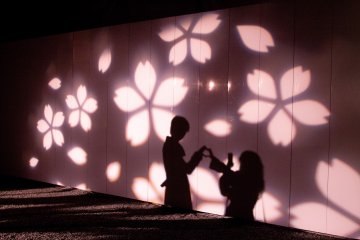

Nijo Castle is one of the most accessible UNESCO spots in Kyoto, being just a short walk from Nijojo-mae Station. The former residence of the Tokugawa shoguns, the sprawling castle grounds are surrounded by a wide moat and massive stone walls. Spanning over 275,000 square metres, Nijo Castle is one of the biggest historic sites in all of Kyoto.
Structural reinforcement and restoration will be carried out on all historic structures within Nijo-jo Castle. The various renovations are planned as follows: Honmaru-goten Palace (2017-2023), Tamarigura (2024-2027), Ninomaru-goten Palace (2024-2036), and Tonan Sumi-yagura (2028-2036). Read more
Established in 1626, Nijo Castle was built by a combined effort from all the feudal lords in Western Japan at the time. Since then, multiple buildings have been damaged by fires or storms, and extra effort is taken by the city to preserve and restore this cultural site. Nijo Castle is designated as a Historic Monument of Ancient Kyoto, making it one of the prefecture's most significant sites.
Within the castle grounds is Ninomaru Palace, a 3,300-square meter complex made almost completely out of Hinoki cypress wood. The palace interior is adorned with gold leaf-plated decor and exquisite wood carvings, making it a fitting place to entertain powerful political visitors during the shogunate's ruling period.
A short walk from City Bus Stop Nijo-jo-mae (from JR Kyoto Station/Hankyu Railway Karasuma Station), or Nijo-jo-mae Station on the Tozai Subway Line


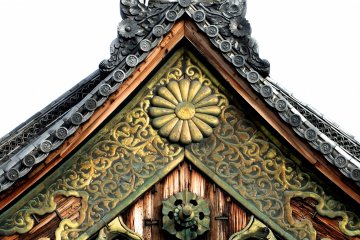

가을 니죠성은 교토의 유명한 다른 신사와 불각과는 달리 눈부신 선명한 붉은색이나 오렌지, 자색으로 채색되는 것만은 아니다. 여기서 볼 수 있는 색채(노랑색 많다)은 보다 조용하고 부드럽고 다정하다.
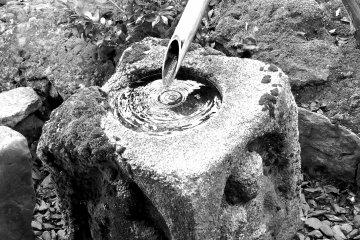
나는 세이류엔 가든에 있는 와라쿠안 찻집을 추천한다. 그것은 맛있는 맛차 , 섬세한 화과자, 그리고 놀랄 만큼 조용한 경험을 위한 700엔에 불과하다.
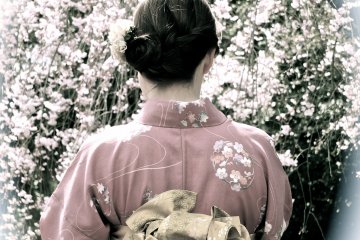
교토의 니죠성은 봄 벚꽃의 계절에도 아름답다. 대지이 넓기 때문에 한 시간 정도 전체 지역을 산책하는 데 시간을 할애해야 한다.
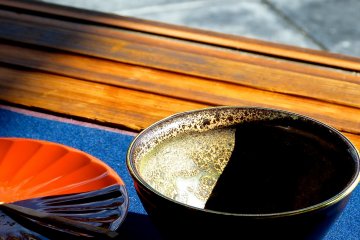
와라쿠안은 세계문화유산인 니조성 세류엔 정원의 편안한 찻집이다. 잘 가꾸어진 아름다운 정원은 눈 앞에 있고, 고요하고 평온한 시간은 당신의 몸과 영혼을 치료한다.
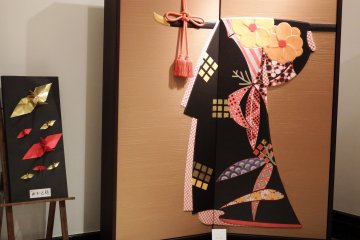
시조 카라스마의 호텔 닛코 프린세스 교토는 싱글 룸 (24㎡)부터 트윈 룸 (48㎡)까지 갖춘 넓적한 객실을 갖추고 있다. 호텔 스태프들은 트레이닝을 잘 받고 최고의 예절과 접대를 한다.

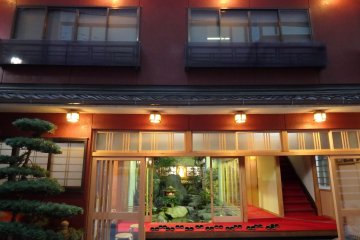


境町店」-67014.jpg)
"무라사키노 와쿠덴 사카이마치텐"이다. 일명 "무로마치 와쿠덴"이라고 하는 이 가게에는, 와쿠덴의 과자나 도시락등을 가지고 갈 수 있는 숍이 있지만, 그 2층, "다과석"이라고 하는 일본 카페에 준비되어 있다. 맛차와 와쿠덴의 일본식 과자. 조용하고 사치스러운 한때를 즐길 수 있다.
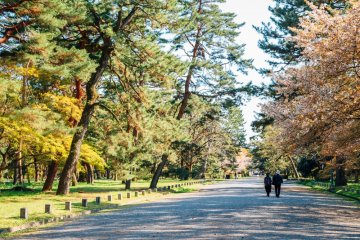
Located in the heart of the city, Kyoto Gyoen National Garden is a natural oasis perfect for escaping the busyness of urban life. This vast green space surrounds the Kyoto Imperial Palace and Kyoto Sento Imperial Palace and was designated as a national garden in 1949. The garden is open all day, everyday, and free to enter. Enjoy the beautifully landscaped trails and seasonal flowers, such as cherry blossoms, wisterias, plums, and lilies, or bring a blanket and have a picnic on the lush grass. Given the garden’s abundance of nature, it is a popular place for tourists and residents alike and is always filled with joggers, dog walkers, picnickers, and cyclists. The greenspace also has athletic facilities. Aside from its natural beauty, the garden is also home to numerous historical and traditional buildings. Of course, the garden’s most treasured structure is the Kyoto Imperial Palace. The imperial palace was home to Japan’s emperors until the Meiji Restoration, when Japan’s capital moved from Kyoto to Tokyo. Today, the campus offers us a glimpse into the past with its historic halls, traditional designs, opulent decor, vermillion accents, residences, and more. You can visit the palace year-round. The Kyoto Sento Imperial Palace, which served as the palace for former emperors, is also available to tour. Apply for tickets online in advance or obtain walk-in tickets (please note that walk-in tickets are limited). The tour features an hour-long stroll through the palace’s immaculate gardens. Kyoto Gyoen is also the site of Shu Sui Tei Teahouse where you can experience tea ceremonies for 100 yen per person, the Kaninnomiya Residence, and numerous smaller shrines. Go on a leisurely walk and enjoy the combination of idyllic nature and historic learning.

The Kyoto Imperial Palace is the former ruling palace of the Emperor of Japan. Since the Meiji Restoration in 1869, the Emperors have resided at the Tokyo Imperial Palace, while the preservation of the Kyoto Imperial Palace was ordered in 1877. [Wikipedia] A reservation is required to visit the Kyoto Imperial Palace.
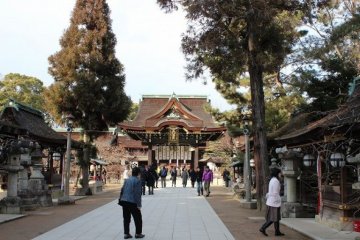
Known for its academic blessings, Kitano Tenmangu is a Shinto shrine in Kyoto’s Kamigyo ward that is dedicated to Sugawara no Michizane, an influential scholar and politician. The shrine was built in 947 AD and is Japan’s first shrine to enshrine an actual person as a deity. Although there are numerous shrines throughout Japan dedicated to Michizane who is mainly known as a god of academics, Kitano Tenmangu is the original one. The massive Ro-mon Gate stands as the border between the city and the shrine grounds. This wooden structure, detailed with gold-and-wooden carvings, serves as an introduction to the architectural mastery ahead. Upon entering, it is customary to go to the chozuya and perform a hand-cleansing ritual. After you complete the ritual, explore the shrine’s tranquil grounds.